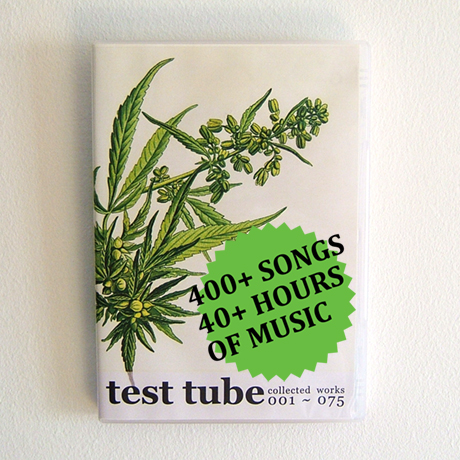Una buona notizia: l’International Music Score Library Project (IMSLP) riaprirà a Luglio.
IMSLP era uno degli archivi più forniti di partiture ormai prive di copyright per decorrenza dei termini e quindi liberamente scaricabili. Purtroppo i termini di scadenza del copyright non sono uguali in tutti gli stati. In Canada, dove risiede il sito di IMSLP, sono più brevi rispetto agli USA e all’Europa (50 anni dalla morte dell’autore contro i 75 o peggio di molti altri stati).
Di conseguenza, nell’ottobre 2007, Universal Edition aveva minacciato di portare il sito in tribunale per alcune partiture il cui copyright era scaduto in Canada, ma non in Austria.
Era chiaro a tutti che IMSLP aveva ragione e la suddetta minaccia era pretestuosa. Quello della scadenza del copyright è effettivamente un vuoto legislativo causato dall’internazionalità di Internet, ma, finché non sarà colmato, quello che tutti dobbiamo fare è rispettare le leggi in vigore nello stato in cui il sito risiede.
Tuttavia il gestore di IMSLP non aveva i mezzi per affrontare una causa internazionale che, quasi certamente, alla fine avrebbe vinto, ma che, nel frattempo, avrebbe generato un sacco di spese ed era stato costretto a chiudere.
La chiusura di IMSLP era stata vista da tutta la rete come un sopruso, anche perché non era sicuramente la presenza di quattro partiture del ‘900 che avrebbe potuto danneggiare Universal Edition.
Il dato di fatto è che gli editori ricorrono a questi mezzi nel tentativo di conservare il controllo di un mercato che viene effettivamente ridotto dalla stessa esistenza della rete. Il copyright sulle partiture di, per es., J.S. Bach è scaduto in tutto il mondo, tuttavia, fino ad alcuni anni fa, l’unico modo legale che avevamo di procurarcene una era comprarla da chi la stampava e la rivendeva con un certo margine di guadagno per tutta la filiera.
Oggi, invece, basta che qualcuno impagini la suddetta partitura con un qualche software, ne faccia un pdf e lo metta in rete per distribuirla gratuitamente a tutto il mondo.
Questa situazione, però, è senza uscita. Deriva direttamente dai cambiamenti imposti dalla tecnologia. Non è possibile proibire la diffusione di qualcosa che è libero da diritti e gli editori devono rassegnarsi e puntare su prodotti derivati. Per esempio, la stessa partitura, opportunamente commentata e rivista da un qualche esecutore, magari importante, ricade nel copyright. Ecco quindi che l’esistenza della rete può spingere alla creazione di prodotti migliori.
Il caso di IMSLP è di enorme importanza per l’esistenza stessa del concetto di public domain e in sua difesa si sono mosse quasi tutte le associazioni del settore. Forte di questo sostegno, Feldmalher, il gestore di IMSLP, ne ha annunciato la riapertura per Luglio 2008.
 Se qualcuno ha bisogno di un dado a 12 facce con le note sopra può dare un’occhiata qui. Questo tipo dice di averli inventati e li vende in set di 12 a soli $34.95.
Se qualcuno ha bisogno di un dado a 12 facce con le note sopra può dare un’occhiata qui. Questo tipo dice di averli inventati e li vende in set di 12 a soli $34.95.

 La netlabel portoghese
La netlabel portoghese